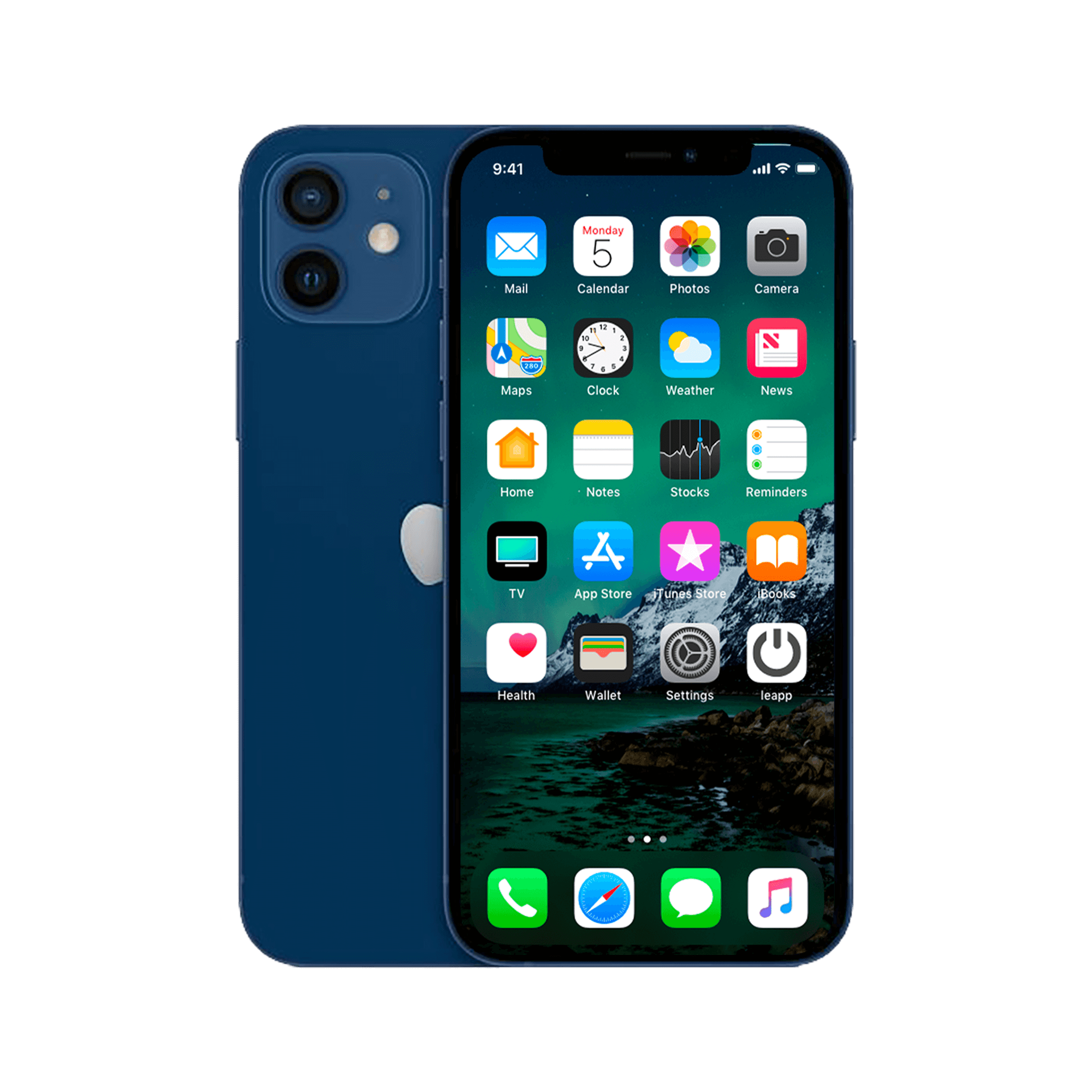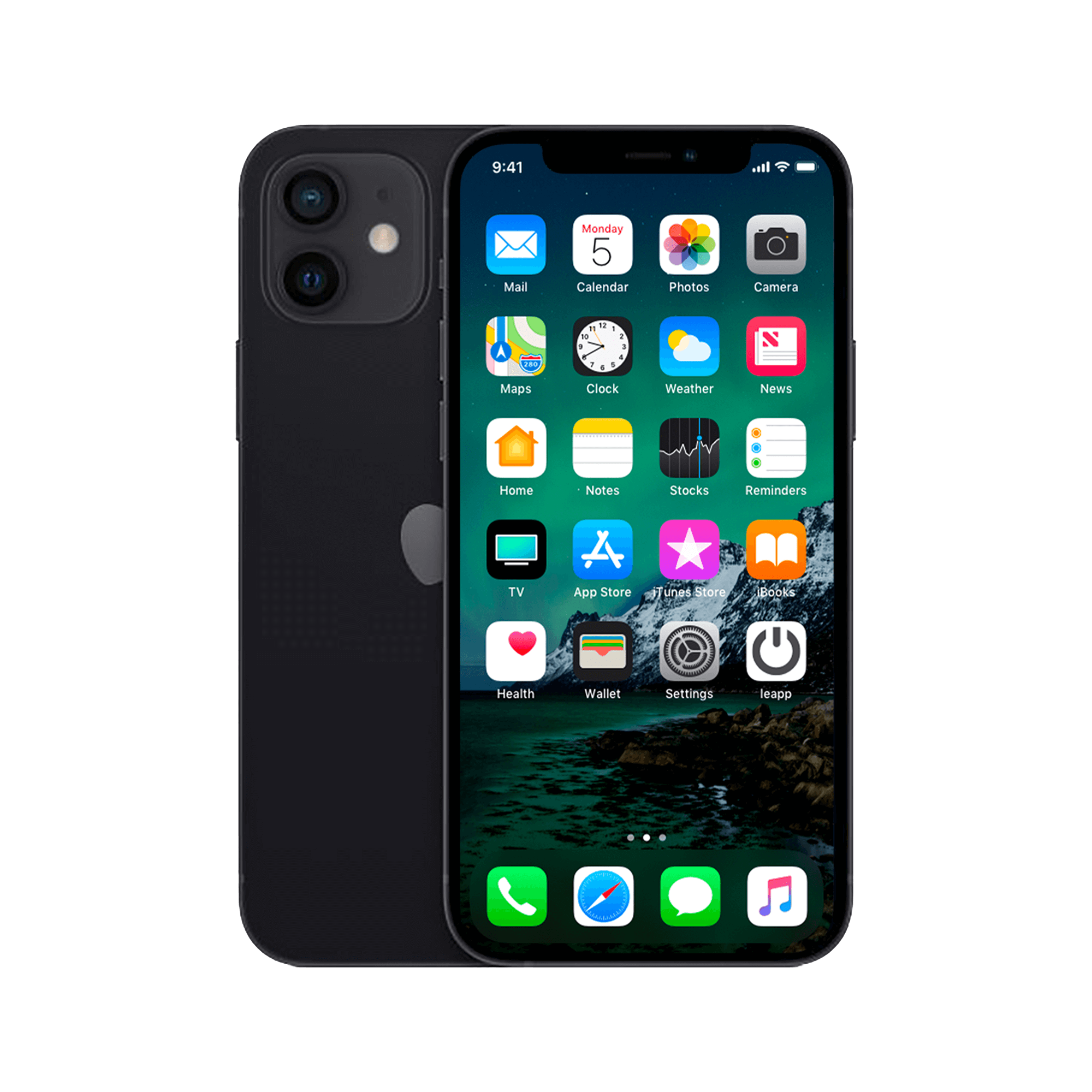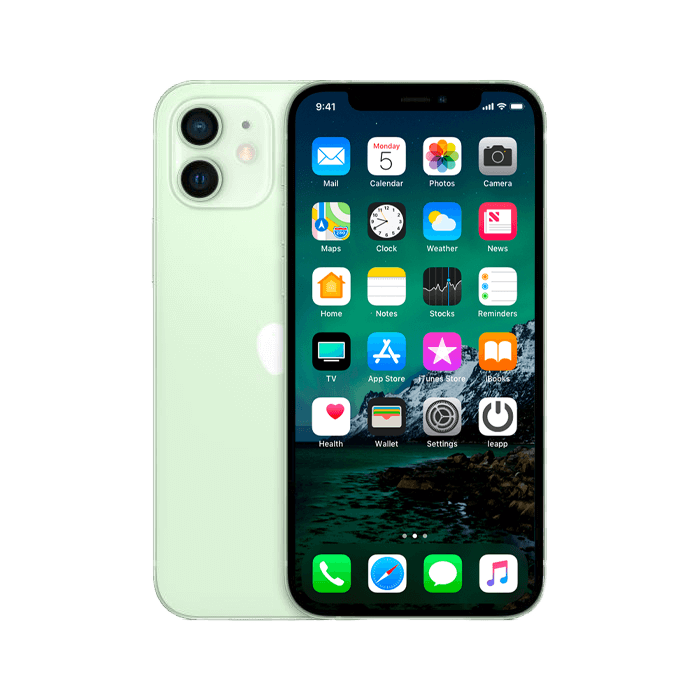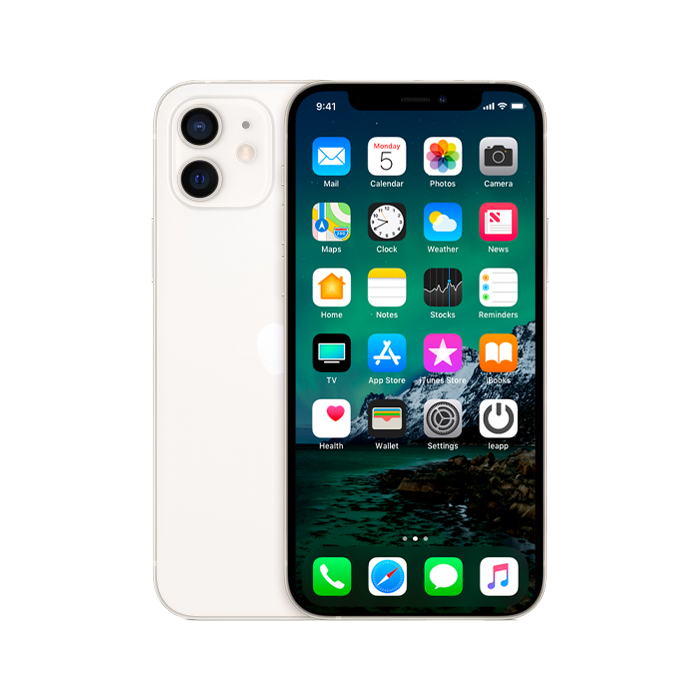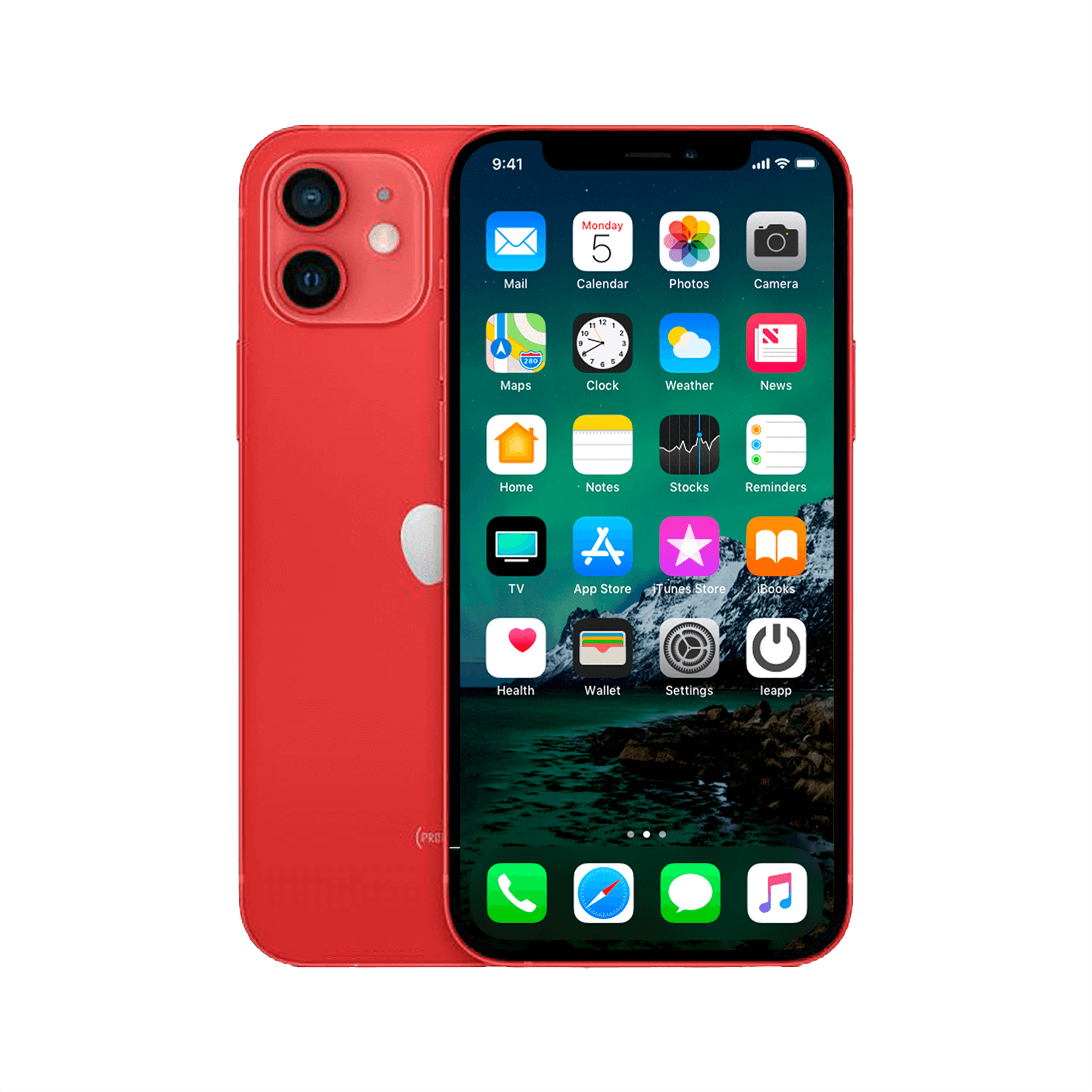Disable Find My iPhone for Repair
Your iPhone needs to be repaired. Broken screen, dead battery, or other issues. But before you take it in, you first need to turn on Find My iPhone . This makes sense, as Apple wants to prevent theft. The problem: many people don't know how. Or worse, the device stops working.
Yet this security mechanism proves surprisingly easy to bypass. Even if your iPhone is completely dead, you can disconnect it via iCloud.com without touching the device. In fact, many people forget this is necessary in repairs for phone accessories or problems with paired AirPods . The result: weeks of delays because the repairman can't do anything.
In this article, we'll go through both methods step-by-step – on your iPhone itself and via the computer when the device won't turn on.
Useful links
Why should Find My iPhone be turned off?
Before a device can be sent to a repair shop, the "Find My iPhone" feature must be disabled. This is an important Apple security mechanism that prevents stolen devices from being reused. However, for repairers, this means they cannot perform any service without disabling it—not even diagnostics.
Fortunately, there are two ways to disable this security feature. The first method works directly on the device itself, provided it's still functional. The second method is a lifesaver if your device won't turn on—via iCloud.com on a computer.
Method 1: Disable on your iPhone or iPad
This method is fastest if your device is still working. Follow these steps:
Step 1: Navigate to settings
Open the Settings app on your device. At the top, you'll immediately see your name and Apple ID—a large box with your profile picture (if set). Tap this to continue. 
Step 2: Find the right option
In the menu that appears, scroll down until you see "Find My." This is usually between the options for iCloud and Media & Purchases. Select this option. 
Step 3: Select the correct device
You'll now see a new screen with "Find My iPhone" at the top. Tap it. Note: Even if you're using an iPad, this feature is still called "Find My iPhone." 
Step 4: Turn off the function
You'll now see a green switch next to "Find My iPhone." Slide it to the left until it turns gray. The system will now ask for your Apple ID password for confirmation. This is an additional security measure to prevent anyone from disabling this feature. 
Enter your password and confirm. The switch will turn gray and the function will be disabled. Your device is now ready for repair.
Method 2: Disable via iCloud.com
If your device won't turn on—for example, due to water damage or a cracked screen—you can still unpair it using a computer. This method also works on someone else's tablet or phone, as long as you can log in to iCloud.
Step 1: Go to iCloud.com
Open a web browser and navigate to iCloud.com. Sign in with the same Apple ID that's on the broken device. This is crucial—using a different Apple ID won't work. 
Step 2: Bypass two-step verification
After logging in, a screen may appear asking for a six-digit code. This code is normally sent to your devices, but that obviously won't work if your device is broken. Fortunately, there's a workaround: below the input field is a "Find My iPhone" link. Click this to continue without a code. 
Step 3: Open 'Find My iPhone'
If you didn't see a verification screen, you'll see the iCloud main menu. Click the "Find My iPhone" icon. The system will now load a map of all your Apple devices.
Step 4: Select the correct device
At the top of the screen, you'll see an "All Devices" button. Click this for a list of all your paired Apple products. Important: The device you want to disconnect must be offline. So make sure the device is turned off before following these steps. 
Step 5: Remove the device
Click on the offline device that needs to be repaired. An information window will appear with the option "Remove from account." Click on it. 
Step 6: Confirm the deletion
A warning will appear asking if you're sure you want to remove the device. Click "Remove" to confirm. The device is now disconnected from your Apple ID. 
Control and problems
How do you know if it worked?
On the device itself, you'll see that the switch has turned gray. You can check this via iCloud.com by going back to "All Devices" – the deleted device will no longer be listed.
Common problems
- Forgot your password: You can't disable this feature without your Apple ID password. Use the "Forgot Password" option at appleid.apple.com to set a new password.
- Device not responding: Try a forced restart. On older models, press and hold the Home and Power buttons simultaneously. On newer models without a Home button, use the Volume Up button, then Down button, followed by the Side button.
- Unable to access iCloud: Make sure you're using the correct email address. Also check that your Apple ID isn't blocked due to suspicious activity.
Warnings and tips
- Back up first: Before taking your device to a repair shop, back it up via iCloud or iTunes. Repairs can sometimes result in data loss.
- Note your serial number: You can find this in Settings > General > About. It's useful for tracking your repair.
- Remove SIM card: Remove your SIM card from your device before sending it in. You won't need it for the repair and it prevents unwanted use.
When to seek help?
If you can't disable "Find My iPhone," please contact your repair shop's customer service. They can often help you find alternative solutions. In some cases, you may need to visit an Apple Store for ownership verification.
With this guide, disabling "Find My iPhone" should no longer be a problem. Whether you choose the direct method on the device or the detour via iCloud, both routes lead to the same result: a device ready for repair.
Conclusion: simpler than expected
Disabling "Find My iPhone" turns out to be less complicated than many people think. Whether your device is still working or completely dead, these two methods will get you there. Directly through the settings is the fastest, but you can also do it in just a few minutes via iCloud.com.
Don't forget to make a backup first and remove your SIM card. This way, the repair technician can get started right away, and you'll have your refurbished iPhone or iPad back in no time.































